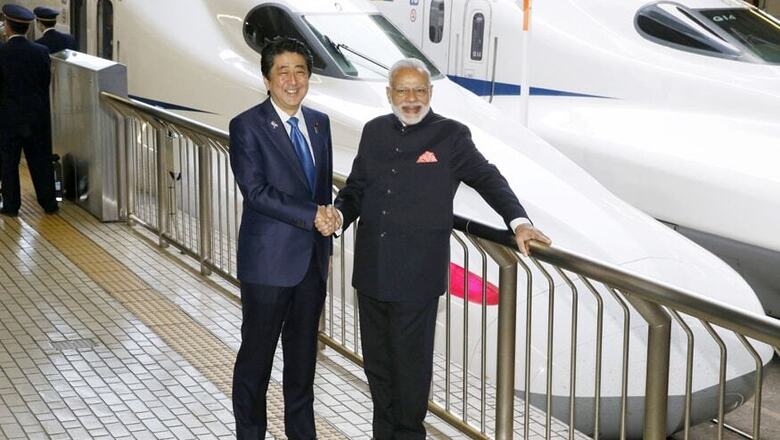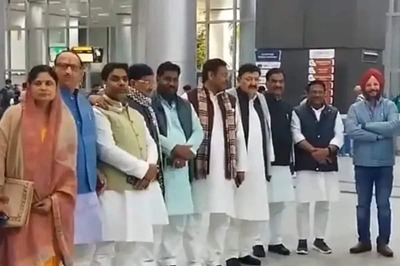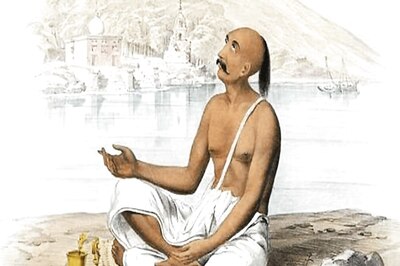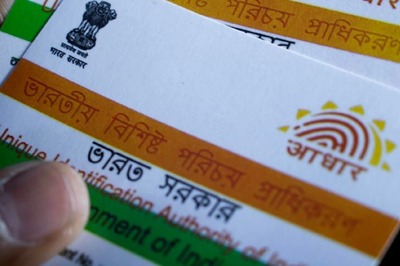
views
New Delhi: A person on Quora, a website where users ask question and invite answers from the online community, asked a simple, one-line question – “Does India actually need a bullet train?” The user likely wanted to invite a discussion on the merits and demerits of the Mumbai-Ahmedabad High Speed Rail (MAHSR), which India is building in collaboration with Japan, but, perhaps, did not anticipate that one of the responses would be from Railway Minister Piyush Goyal himself. The minister’s answer was the most upvoted one to the user’s question and received over 300 upvotes and 4,000 views in an hour.
Goyal, who has maintained an active presence on social media platforms such as Twitter and Quora, gave a spirited, 884-word defence of the MAHSR, popularly known as the ‘Bullet Train’. He even included several graphics with pictures of Prime Minister Narendra Modi to illustrate his arguments.
“India is a rapidly developing economy with numerous developmental needs. A major component of India’s developmental plan is the upgradation of current rail networks as well as the development of new high speed rail corridors popularly known as bullet trains. The Mumbai – Ahmedabad High Speed Rail project, is a visionary project by the NDA Government which will herald a new era of safety, speed and service for the people, and help Indian Railways become an international leader in scale, speed and skill,” Goyal argued.
He went to say that the introduction of any new technology is met with resistance but eventually goes on to usher in change. “New technology has not always been adopted easily, and has at most times seen resistance. However, history shows us that new technology and advancements are highly beneficial for the country. For example, we see that naysayers had also criticised the start of the Rajdhani Trains in 1968. Even the chairman of the railway board opposed it; such things keep India backward. But today, they are the trains that everyone wishes to travel in,” the minister said.
Giving the example of the mobile phone, which Goyal argued was met with resistance but transformed India technologically by becoming the lifeline for millions of Indians, he said, “Another example of when people thought India was not ready for new technology was when the mobile phone was introduced into the market. At the time it was considered to be elitist and expensive with a phone call costing Rs. 16 per min. But today India has the 2nd largest market for mobile phones in the world with almost every Indian owning a mobile. Similarly, the Bullet Train project will also help Indian Railways revolutionise every passenger’s journey.”
After making his argument, Goyal gave a detailed report of how the bullet train was a “low-cost project”, how it would promote PM Modi’s ‘Make in India’ doctrine, how it would work with cutting edge Japanese technology and how it would usher in economic growth by creating thousands of new jobs.



















Comments
0 comment